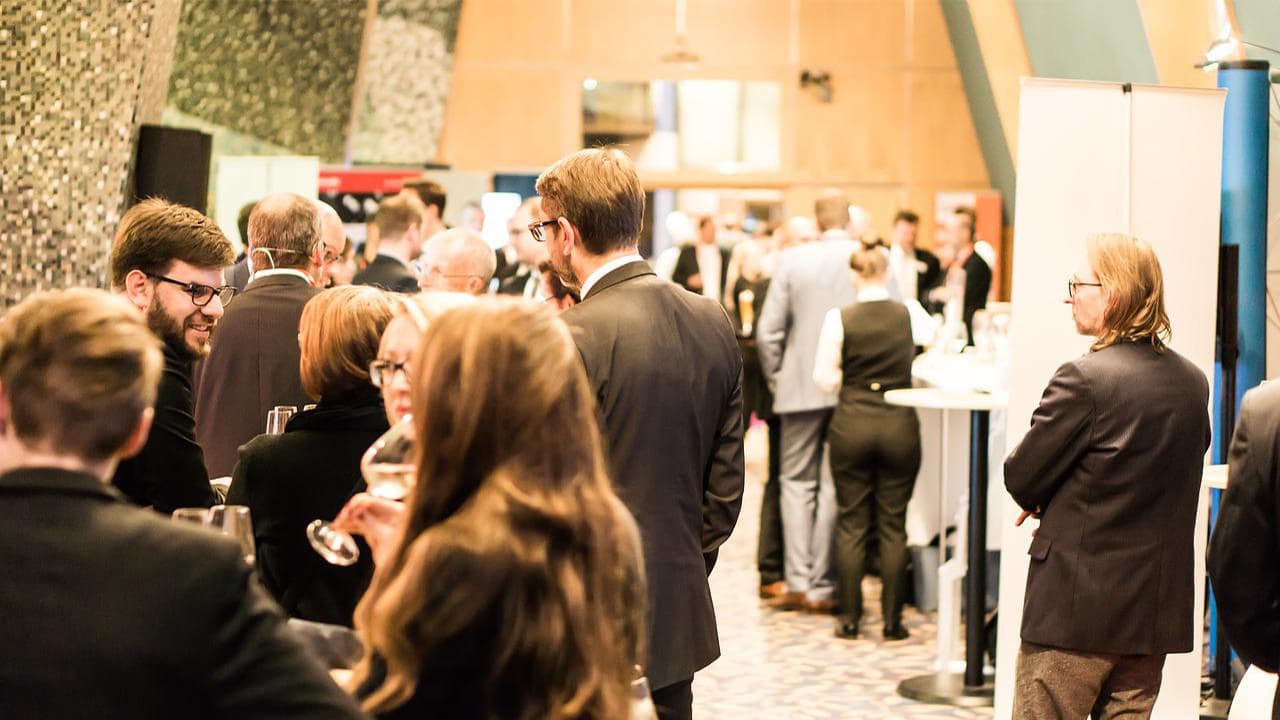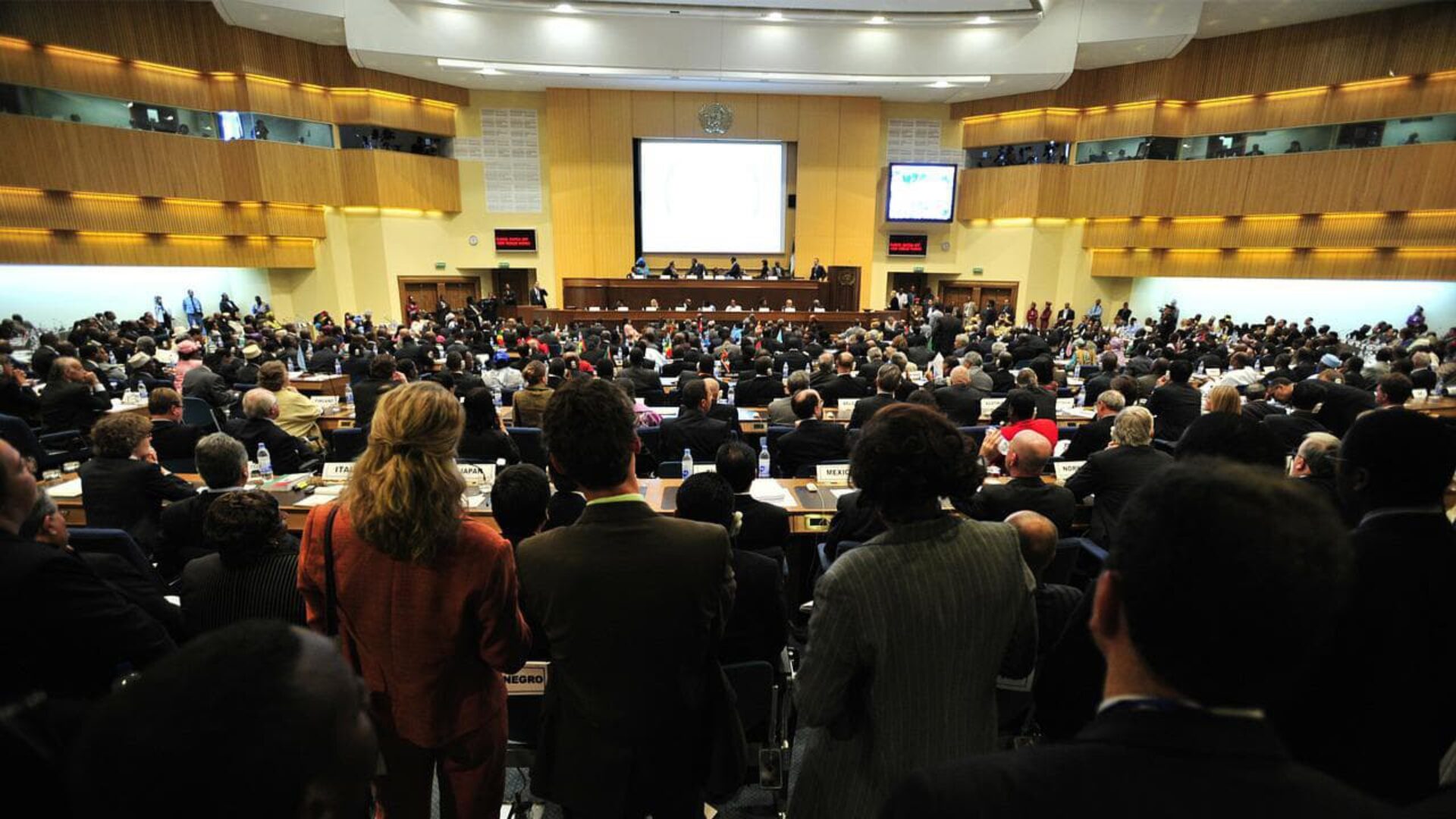
During the organization of the conference, you need to properly assign responsibilities and functions to the staff who help. Assign curators responsible for each area at the event, as well as several curators in case of force majeure. Curators are responsible for keeping the venue in order, advising visitors, and helping them navigate. If you do not appoint curators, there will be chaos.
Designate one or two curators separately for speakers. Mentors should have the names and phone numbers of all speakers and a schedule with times and locations. They meet and escort speakers to the seating area, clarify correctness of presentation, notify them of upcoming speaking times.
Curators should be uniformly dressed and differentiated from the guests. The simplest solution is identical T-shirts with a large logo. If there is no logo for the event or the organizers, make a distinctive badge with large “Organizer” lettering. The lettering should be easy to read from the other end of the largest room at the conference, and the color of the badge should be different from the color of the participants’ and speakers’ badges.
Each supervisor should be instructed in advance what to do in each situation that arises, have several alternative solutions to the problem, and know who to turn to if they cannot solve the issue themselves. Ideally, you should give each of them an instruction manual a couple of days before the conference, and have a briefing at the venue the day before the event.
Each supervisor should be familiar with the location of all areas of the venue, the event program, and know where the dressing rooms, restrooms, smoking area, and emergency exits are located.
The reception is one of the most responsible areas. The reception sets the mood of the visitors at the very beginning, and is also a reference point throughout the event. The number of people in this area is calculated according to the number of attendees. There should be enough greeters so that there is no queue at the entrance, and each guest should be given plenty of attention.
It is the task of the presenter to unite the conference into a whole event. This can be the head or leading expert of your company or an invited professional presenter of business events. This person will help to organize the flows, set the mood at the beginning of the conference, and hold the attention at the closing stage of the event.
If there are several rooms, each room should have a moderator. In fact, this person performs the role of the moderator in the hall. He announces the speakers, stimulates the discussion if there are few questions from the participants, makes sure that the discussions are constructive and do not deviate from the topic of the report. Accordingly, this person should know how to handle a microphone and have experience in public speaking.
Assign administrators to each room. Administrators greet guests, make sure there is enough room for participants, assist the moderator in the room: monitor timing, pass the microphone to guests during questions. Depending on the size of the room, designate one or two administrators.
Each hall will need a technician responsible for the quality of the technology: broadcast slides, microphones and speakers.
Good photos are needed for post-releases about the event. For reportage shooting, you will need at least one photographer for each two halls. If two to four rooms are planned in parallel, provide a photographer for each room.
Two photographers work during the gathering and during the breaks, one of whom takes staged photos in the photo area and the other takes reportage photos.
The photographer, who works in the photo zone or near the press wall, should be communicative. He not only takes pictures, but also invites people to take pictures, helps to choose a winning pose and so on.
Instruct photographers in advance, which plans must be taken. Ideally, give them a checklist. There should be shot all the speakers, general plans in the hall, in the halls, the opening, handouts, the work at the meeting of guests, all the entertainment areas. And most importantly, lots of portrait photos of guests to encourage people to share photos from the event.
Warn photographers in advance about what the lighting and wall color will be at the venue. Find out if they have the right equipment for shooting in these conditions, otherwise you risk getting dark, yellow or other poor quality photos.
It is better to give video recording to professionals. Each room has one cameraman. If you record on your own, secure a supervisor in the video area of each room. This way you will avoid camera interruptions, bad plans, and poor sound recording.
